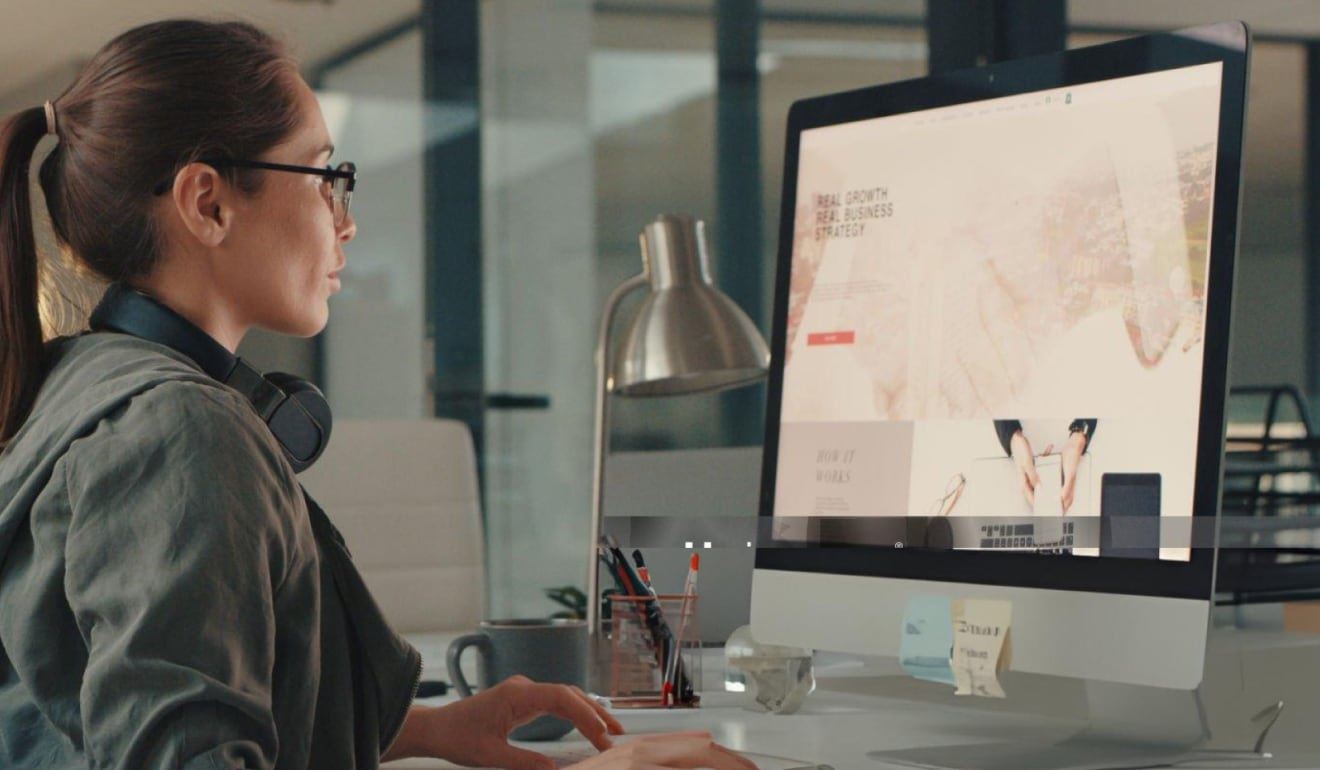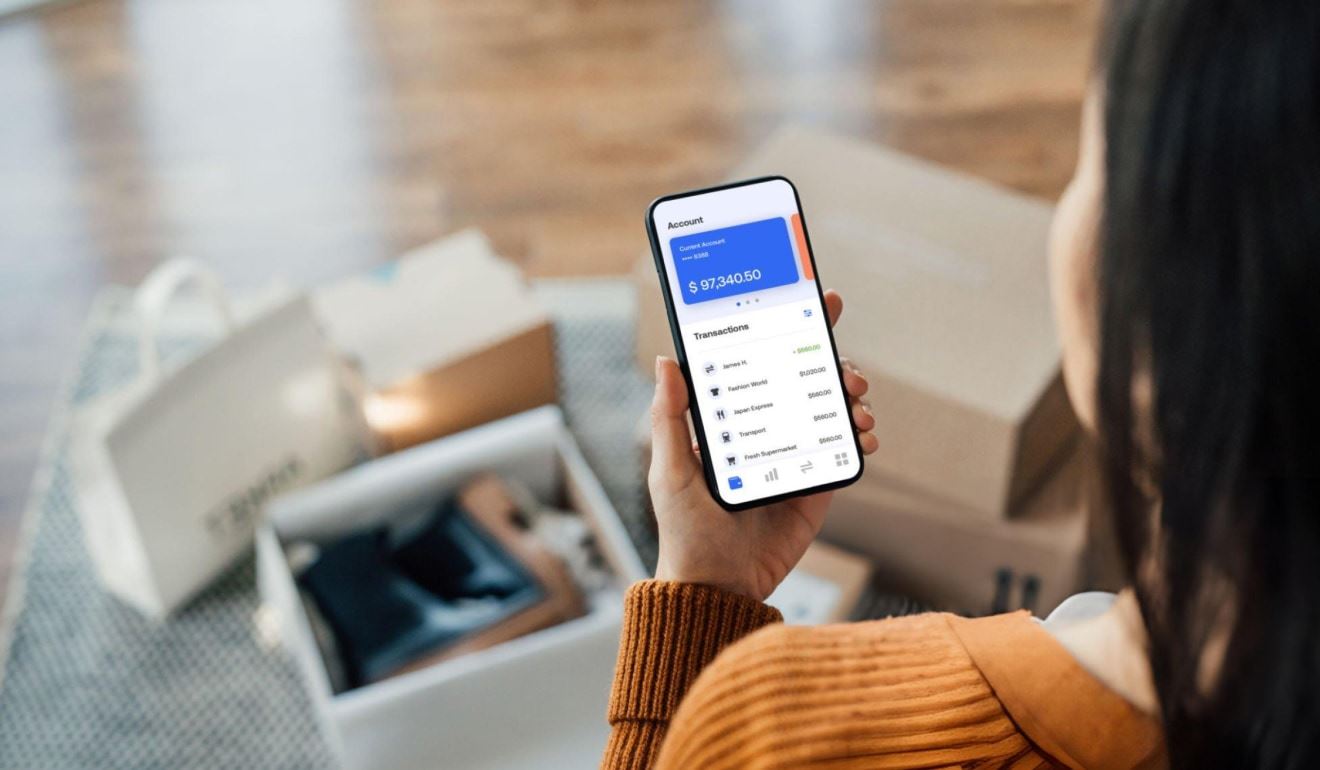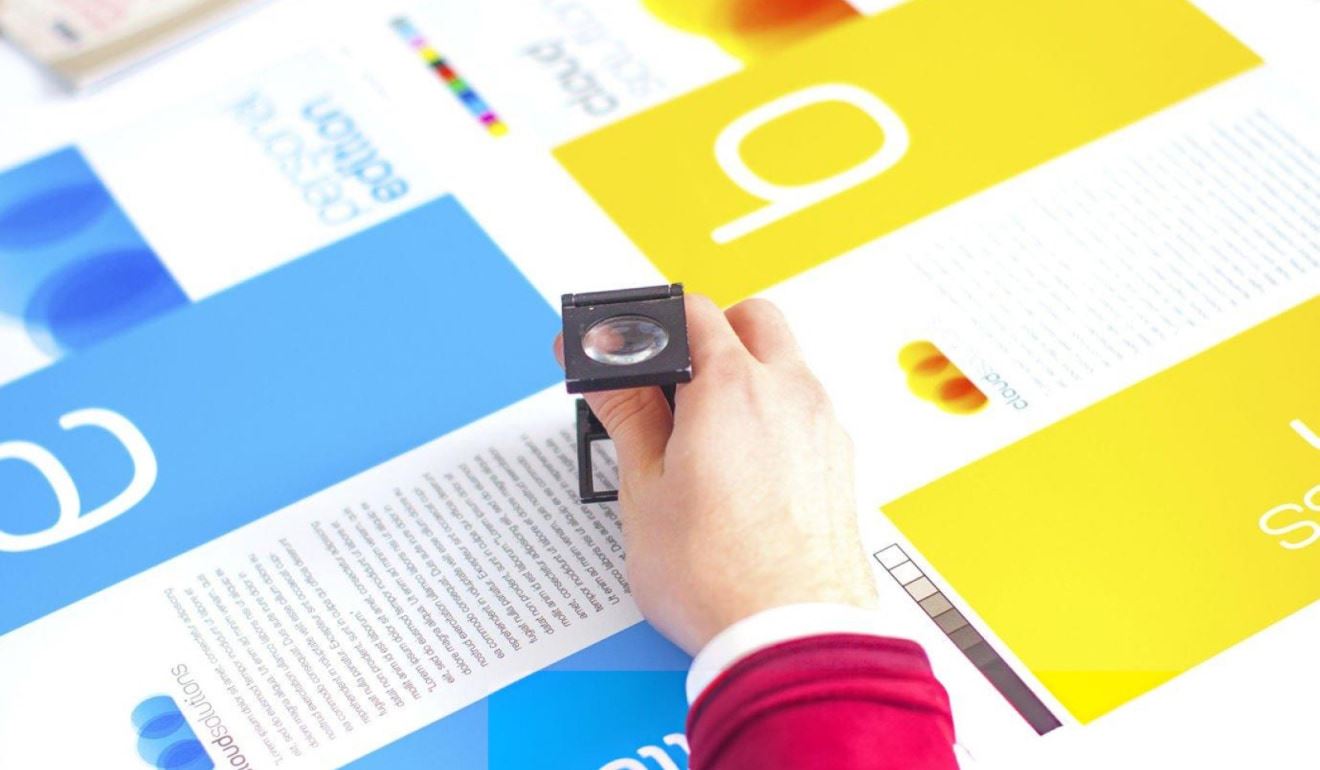Figcomponents is a one-stop website that curates the best Figma components, offering designers a streamlined and efficient way to build their designs.
The Ultimate Guide to Choosing the Perfect UI Kit for Your Project

In today’s fast-paced design environment, efficiency is key. Designers and developers alike are constantly seeking ways to streamline their workflows without compromising on quality. This is where UI kits come into play. But with so many options available, how do you choose the perfect UI kit for your project? This guide will walk you through the essential factors to consider when selecting a UI kit that meets your specific needs.
What Is a UI Kit and Why Do You Need One?
A UI kit, or User Interface kit, is a collection of pre-designed components and templates that you can use to build the user interface of your web or mobile applications. These kits typically include elements like buttons, icons, typography, color schemes, and sometimes even entire layouts.
Using a UI kit can save you significant time, allowing you to focus on functionality and user experience rather than starting from scratch with design. Moreover, a well-chosen UI kit can ensure consistency across your project, which is crucial for creating a cohesive user experience.
Key Factors to Consider When Choosing a UI Kit
1. Compatibility with Design Tools
Before you dive into selecting a UI kit, consider the design tools you’ll be using. Popular design tools like Figma, Sketch, and Adobe XD each have specific UI kits tailored to their platforms. Ensuring the UI kit is compatible with your preferred tool will streamline the design process and reduce the risk of running into compatibility issues.
2. Design Style and Aesthetic
Every project has its own unique style and branding. It’s essential to choose a UI kit that aligns with your project’s aesthetic. Whether you’re aiming for a minimalist, material, or modern look, the UI kit should complement your vision. Remember, while customization is possible, choosing a kit that closely matches your desired style from the start can save you hours of tweaking and adjustments.
3. Component Variety and Flexibility
The versatility of a UI kit is determined by the variety of components it offers. Look for a kit that provides a wide range of elements, from basic buttons and form fields to complex components like modals and navigation menus. Additionally, ensure these components are flexible and customizable to suit your specific needs. The more adaptable the kit, the easier it will be to integrate into your project.
4. Responsiveness and Adaptability
In today’s multi-device world, responsiveness is non-negotiable. A good UI kit should include responsive design components that adapt seamlessly to various screen sizes, from mobile to desktop. Check if the kit offers elements like grid systems, breakpoints, and adaptive layouts to ensure your design looks great on all devices.
5. Support and Documentation
Even the most experienced designers can benefit from solid documentation and support. A UI kit with comprehensive documentation can be a lifesaver when you encounter issues or need to make advanced customizations. Some UI kits also offer community support or direct assistance from the creators, which can be invaluable when working on complex projects.
6. License and Pricing
While there are plenty of free UI kits available, many premium options come with a price tag. It’s important to consider your budget and the licensing terms of the UI kit. Ensure that the license allows for commercial use if your project is for a client or a product. Investing in a high-quality, paid UI kit can often be more cost-effective in the long run, especially if it comes with regular updates and support.
7. User Reviews and Ratings
Before making your final decision, take the time to read user reviews and ratings of the UI kit. Feedback from other designers who have used the kit can provide valuable insights into its strengths and weaknesses. Look for comments on ease of use, component quality, and customer support to help guide your choice.
Choosing the perfect UI kit for your project is a critical decision that can significantly impact your design process and the final product. By considering factors like compatibility, design style, component variety, responsiveness, support, pricing, and user feedback, you can select a UI kit that not only meets your immediate needs but also enhances your overall workflow.
Investing the time to choose the right UI kit will pay off in the long run, leading to a more efficient design process, a consistent user experience, and a polished final product. Whether you’re working on a personal project or a large-scale commercial application, the right UI kit can be a powerful tool in your design arsenal.
FAQ
A UI kit is a collection of pre-designed components and templates used to build user interfaces for web and mobile applications. It includes elements like buttons, icons, and layouts, helping designers create consistent and efficient designs.
Using a UI kit saves time and ensures design consistency across your project. It allows you to focus on functionality and user experience instead of designing every element from scratch.
Select a UI kit that aligns with your project’s aesthetic, whether it's minimalist, material, or modern. Choosing a kit that closely matches your vision reduces the need for extensive customization.
Ensure your UI kit is compatible with your preferred design tools, such as Figma, Sketch, or Adobe XD. Compatibility will streamline your workflow and prevent technical issues.
Look for a UI kit that offers a wide range of components, from basic elements like buttons to complex ones like modals and navigation menus. Flexibility and customization options are also important.
Responsiveness is crucial as it ensures your design adapts seamlessly to different screen sizes, from mobile to desktop. Choose a UI kit with responsive components to create a versatile, user-friendly interface.
A good UI kit should come with comprehensive documentation and, ideally, community or creator support. This helps you troubleshoot issues and make advanced customizations more easily.
Free UI kits can be a great starting point, but paid kits often offer more features, better support, and regular updates. Consider your budget and project needs when deciding between free and paid options.
Ensure the UI kit’s license allows for commercial use if you’re working on client projects or products. Review the terms carefully to avoid legal issues later.
User reviews provide insights into the strengths and weaknesses of a UI kit, including ease of use, component quality, and support. Reading reviews can help you make an informed decision.








